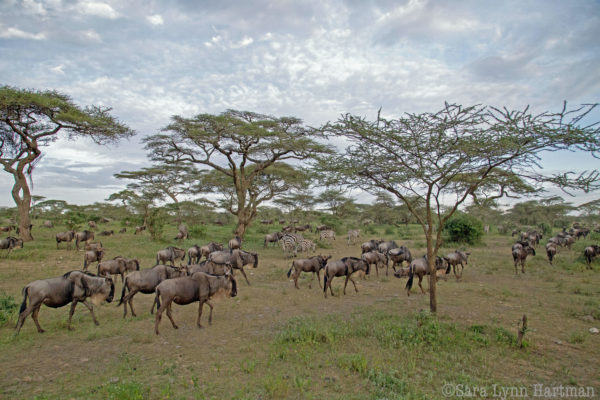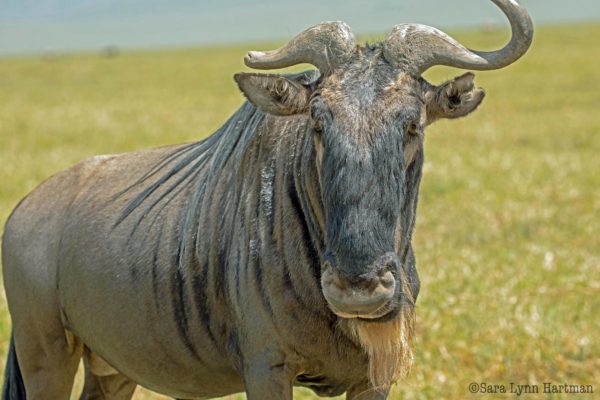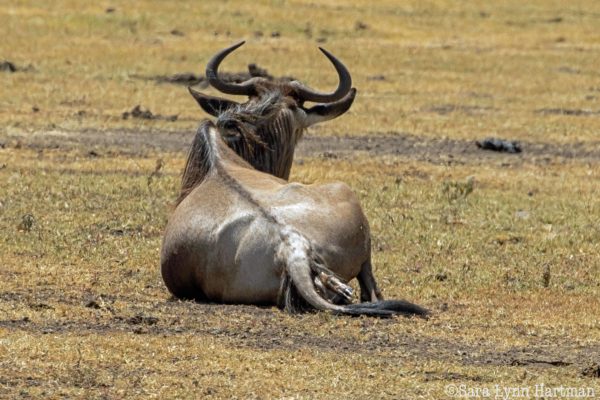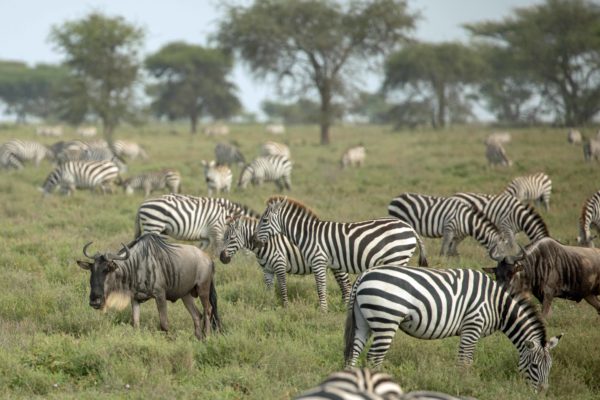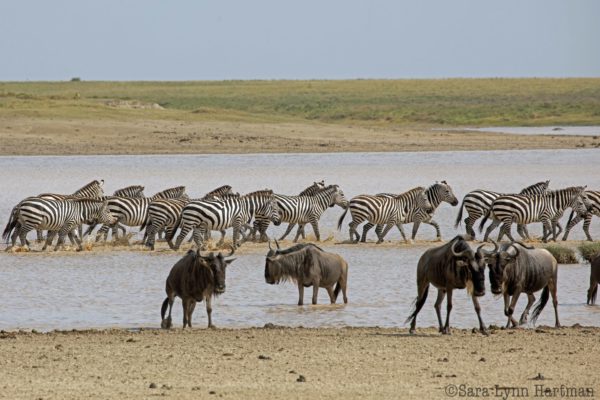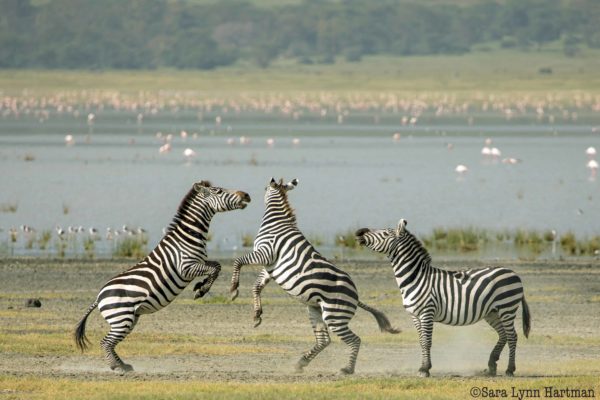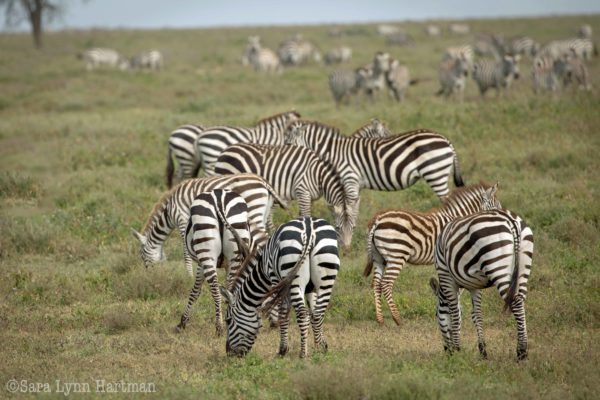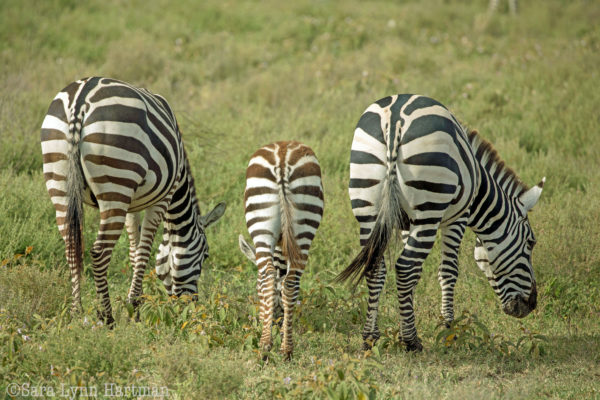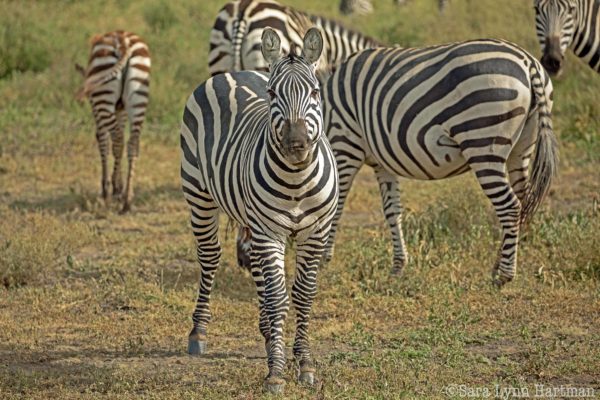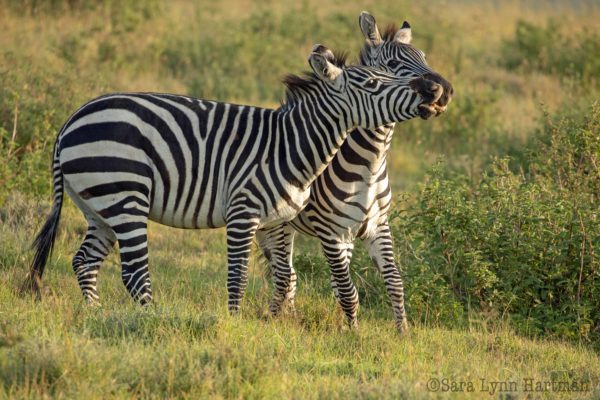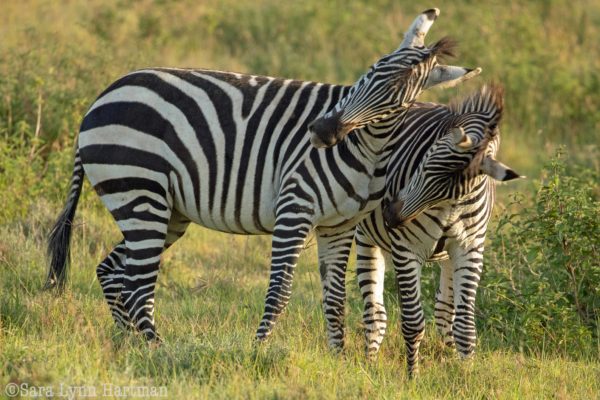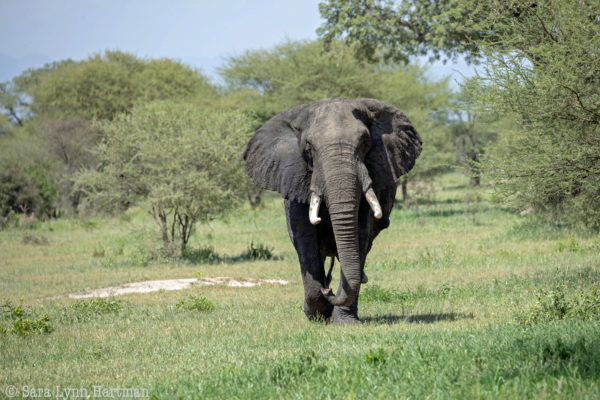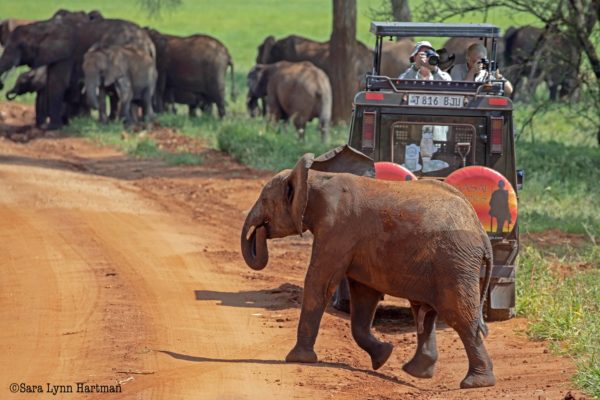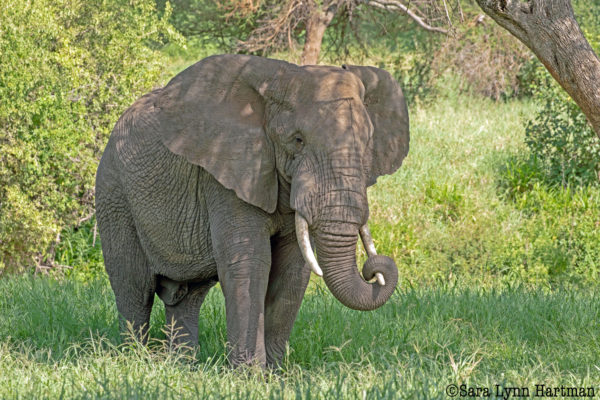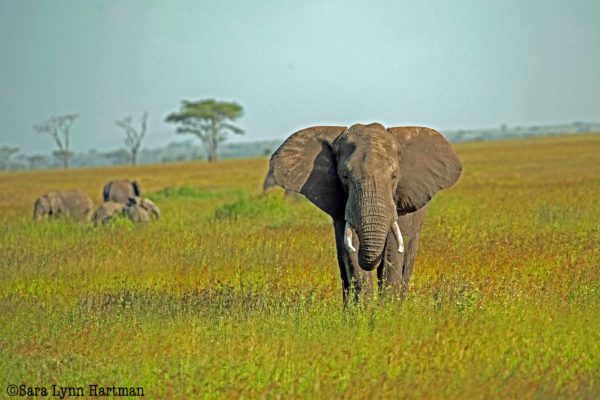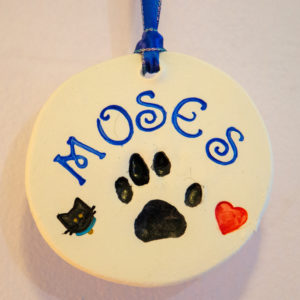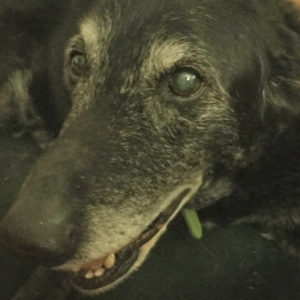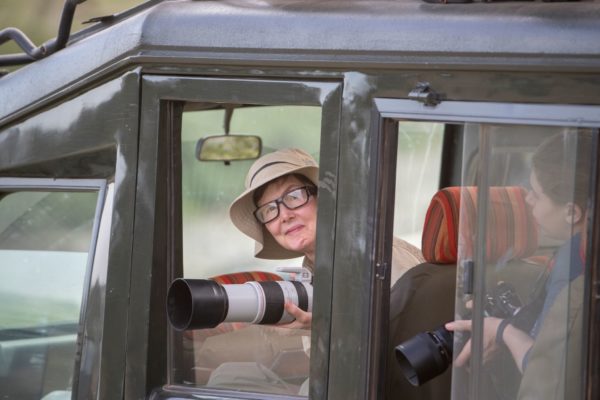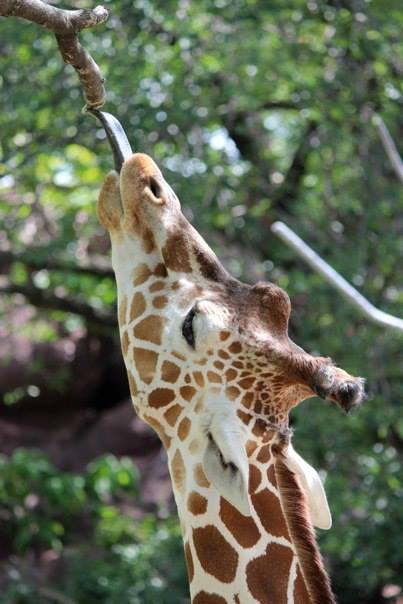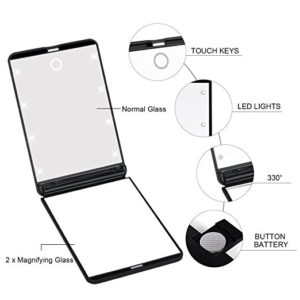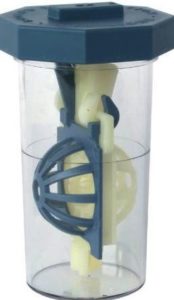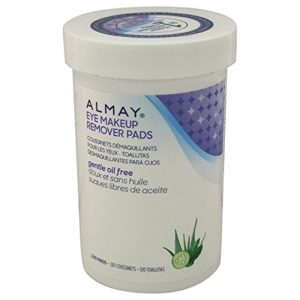June 2 marked sixteen years since microvascular decompression surgery for hemifacial spasm left me with left-sided facial paralysis. I intended to post a 15-year update, but sadly my mother passed away last year and I did not feel up to writing one. Although it’s a little late, changes over the past year make this an opportune time for an update.
At the time of my surgery, I was still in my 40s. Now that I am a wee bit older, I find it helpful to leave myself reminders, such as sticky notes on the bathroom mirror or alarms on my phone, so that I don’t forget appointments. And both morning and evening, I run through the line “Eyes and ears and mouth and nose” from the children’s song, Head, Shoulders, Knees and Toes, to make sure I’ve completed all of the daily routines necessitated by chronic facial paresis.
This post will focus on eye care, by far my biggest challenge. I have posted extensively about my eleven years of experience with scleral contact lenses, the mainstay of my visual health. I alternate between two pairs of SynergEyes VS lenses. I also have several pairs of LaserFit lenses that I keep as backups. I wear prescription progressive readers with prism correction over the scleral lenses.
I had hoped to use this year’s vision benefit on an updated pair of distance glasses for when I’m not wearing contacts (in conjunction with ointment to keep my left eye moist). But — and this is a big, fat, unfortunate but — I learned that even my right cornea is too irregular to correct vision with glasses. This hit me hard. Before I thought of myself as having complicated vision, now I feel visually impaired. This might change someday after cataract surgery, but I have no idea when that will happen or even how it can happen on my left eye that does not blink or produce tears. For now, I will have to rely on wearing scleral contacts any time that I want to see clearly. This cloud does have its silver lining: my optometrist says that I am the epitome of medical necessity for scleral lenses as vision insurance companies scramble to tighten the definition.
A combination of factors has recently caused me to make changes to my nightly routine. Over a long period of trial and error, I learned that my left eye does best with an ointment with a high ratio of mineral oil to petrolatum. With the ongoing RefreshPM shortage and the recall of comparable store brands, I have found it difficult to make do with alternatives. Either I would wake up during the night in discomfort and needing to reapply this product or my optometrist would caution me against using that product long term. After a series of ointment failures, I tried Celluvisc gel drops with a pair of dry eye goggles prescribed after my surgery. The first night went well, and I was cautiously optimistic. The second night I woke up in the wee hours needing additional drops. The next morning, I noticed that the foam lining was separating from the goggles (not surprising after 16 years). Following a little research at the Dry Eye Shop and Amazon, I ordered iVIZIA gel drops, eye bandages and a new pair of goggles. The night after they were delivered I tried the drops with an eye bandage. That combination was fantastic — the thick gel drops kept my eye moist all night and the bandage was much more comfortable than goggles.
Best of all, my vision was crystal clear from the moment I inserted my scleral lenses, which eliminated a huge longstanding challenge. I have a photography trip to Peru scheduled for this summer, and since it’s not really a viable option to ask an entire group of people to wait for me several times each morning while I try to clear up my vision, this new regimen is a huge improvement. I have yet to decide if I am comfortable wearing an eye bandage on an overnight plane trip, but maybe the goggles will work for that.
This is my packing list — I’ve added links where possible. Most items are available from either the Dry Eye Shop or Amazon, and many are available from Walmart, Target, grocery stores and pharmacies.
Daytime:
• Nutrifill preservative free solution
• iVIZIA Sterile Lubricant Eye Drops
• Peeps glasses cleaner
Nighttime:
• ClearCare Triple Action (travel size x2)
• Saline for Sensitive Eyes (Target or Walmart store brand)
• Boston Advance Cleaner*
• iVIZIA Lubricant Eye Gel
• Adhesive Eye Patches
Other Supplies:
• 0.9% Sodium Chloride 5 mL (Addipak, Modudose, etc.)
• Antihistamine eye drops
• Steroid eye drops (from pharmacy)
• Cotton swabs
• Eyelid cleaner
• Drain cover
• DMV vented inserter
• DMV removal plunger
• Cleaning sponges (cut into quarters and pretreated with cleaner*)
• Anti-fog goggles

Just to complicate matters, this has been a terrible year for allergies in the midwest. I had allergy symptoms in my eyes for the first time in my life, with redness, itching and absolutely disgusting stringy discharge. It is much improved and I am weaning off antihistamine eye drops that I have been using for over a month. I was on steroid eye drops for five days during the worst of it. I have an appointment for allergy testing scheduled in August.
Over the next few weeks I will post updates about ears and mouth and nose. And who knows … head, shoulders, knees and toes might make appearances as well.
